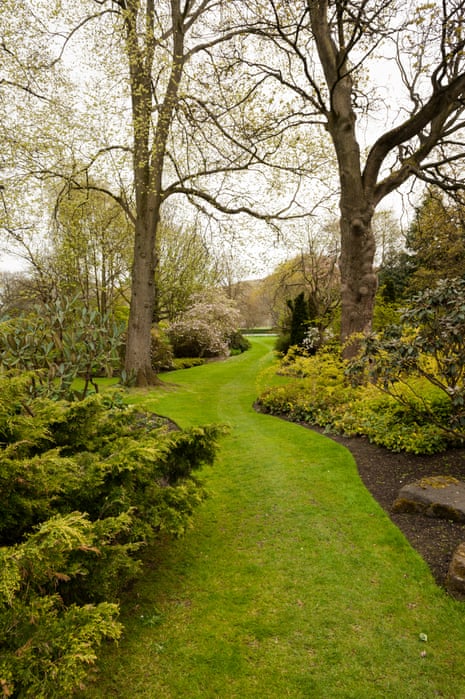The countryside, obvs. But if you fancy some concrete stirred into your flora, it gets complicated. Research suggests urban green space makes humans and ecosystems happier and healthier. Yet local authority budget cuts and pressure on land for development mean it’s threatened like never before.
The Guardian’s product and service reviews are independent and are in no way influenced by any advertiser or commercial initiative. We will earn a commission from the retailer if you buy something through an affiliate link. Learn more.
Greenwashing abounds, every town with a blade of grass touting itself as a garden village. But what kind of green space? How accessible? And where, exactly, is it? Last year, mapping firm Esri hit headlines with maps showing green space in Britain’s biggest cities. Edinburgh came top, a whopping 49% of its land “green”, followed by Glasgow (32%), Bristol (29%), Birmingham (24.6%) and London (23%). Much of that green space, though, is around the outskirts, which is great if that’s where you live, but no use if you’re on Sauchiehall Street.
The Ordnance Survey’s government-backed online map of publicly accessible green space found Bristol among the lowest (6.76%) and Birmingham up top (15.58%). But that includes private golf courses while ignoring green space accessible under the Countryside and Rights of Way Act (2000).
No UK town, though, comes close to Vienna, with its 120 square metres of accessible green space per person. Think of the tower blocks of luxury flats they’re missing out on.

Comments (…)
Sign in or create your Guardian account to join the discussion